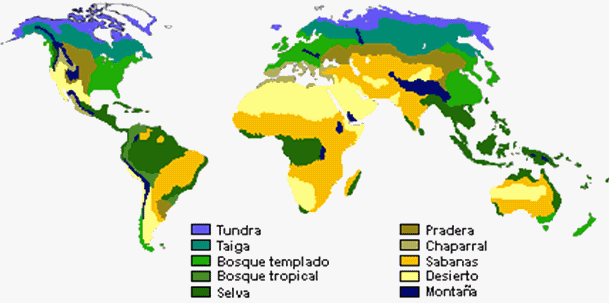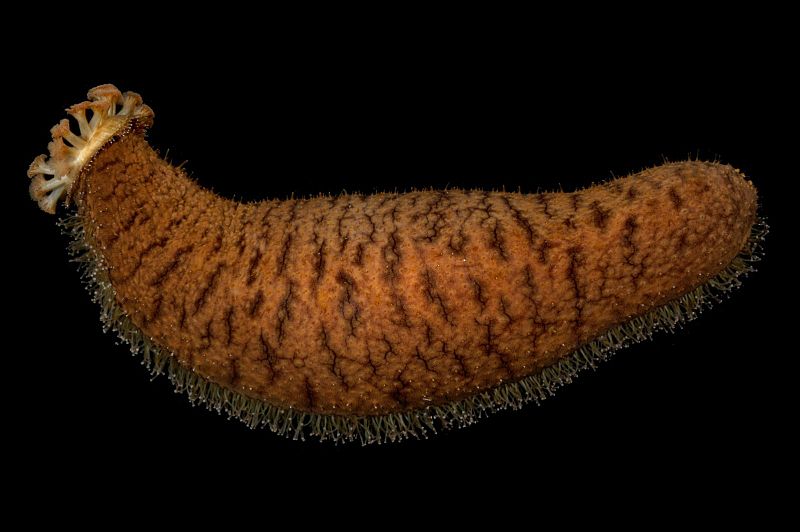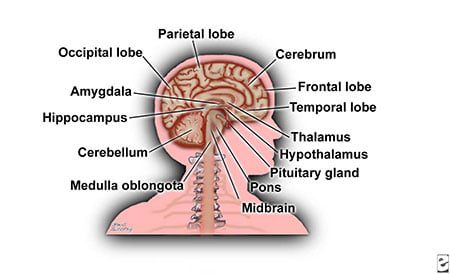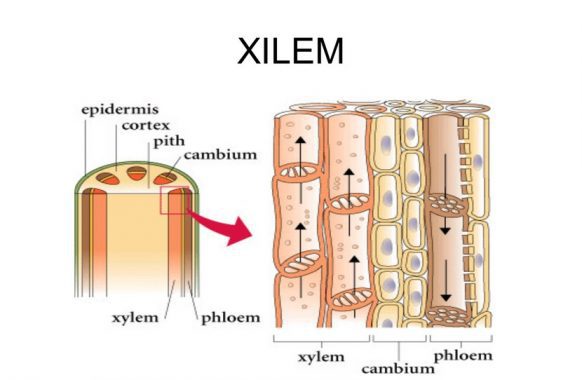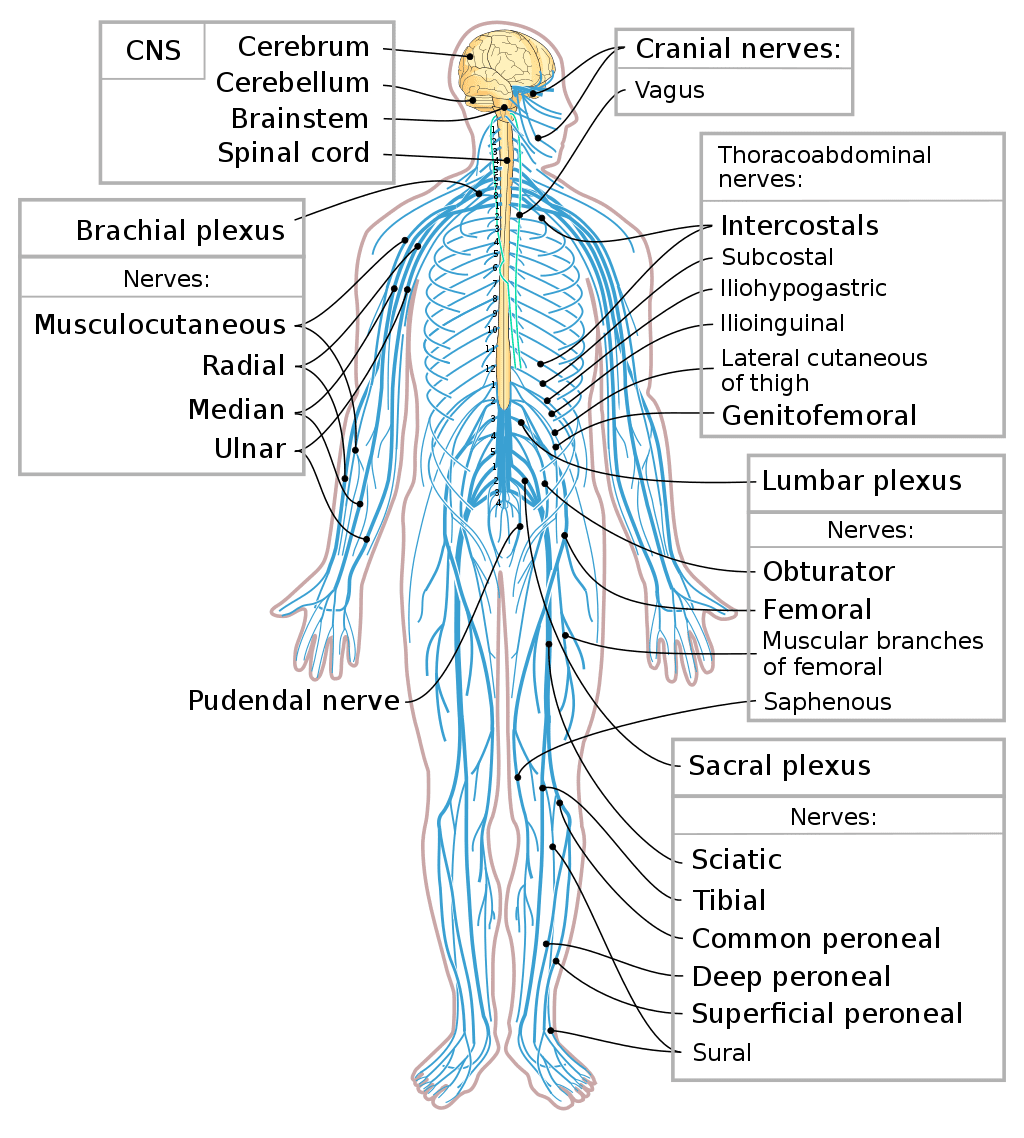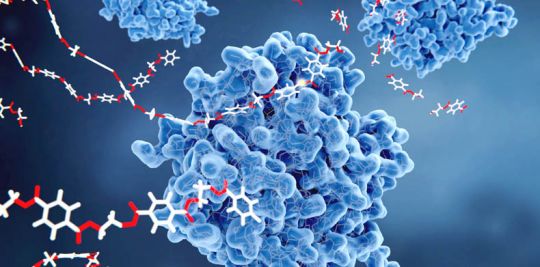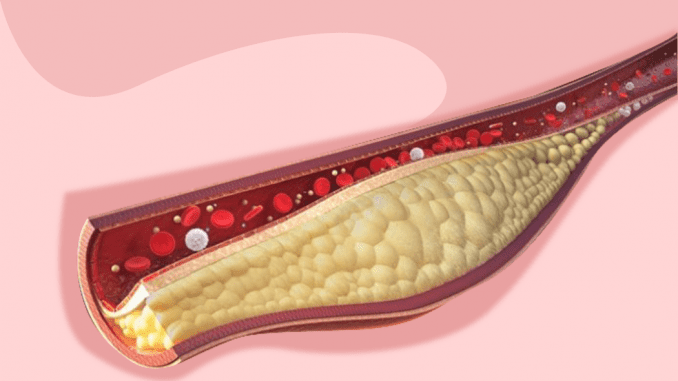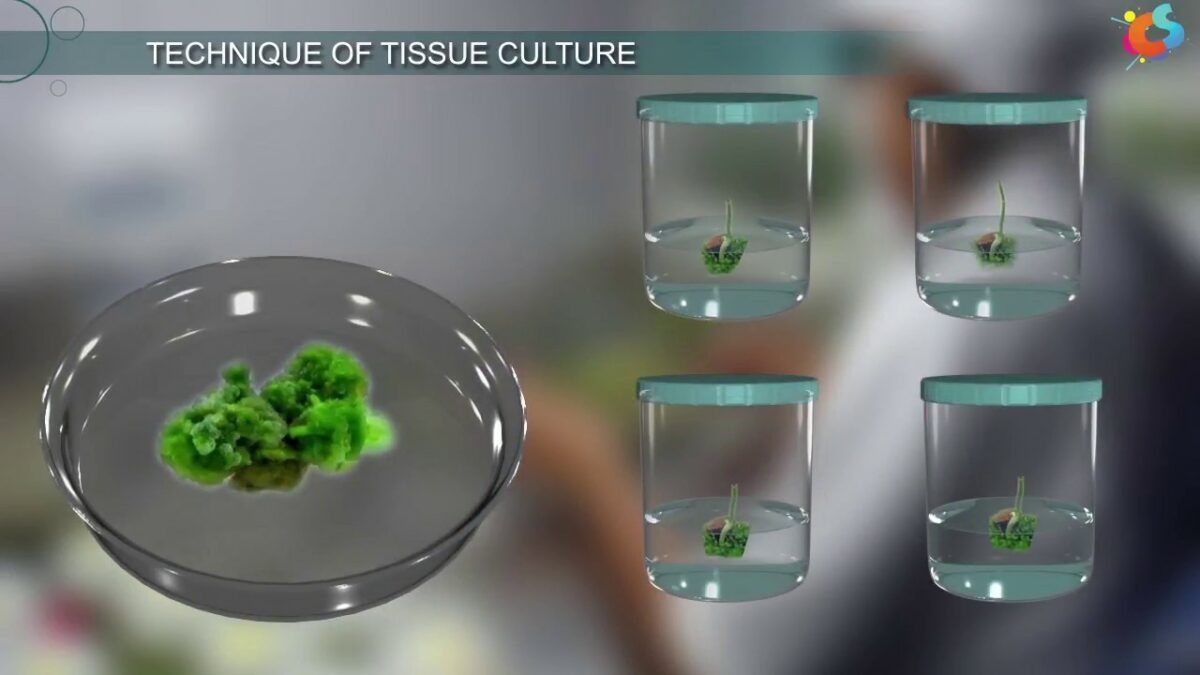From Tundra to Desert: An Overview of Biomes and Their Definition
In an ecosystem, organisms interact with each other with their environment, in this case, the notion of a biome becomes a very wide geographical area and is larger than an ecosystem itself. Biomes themselves are named and grouped according to climate and the plants and animals that live in them. If you want to travel … Read more

